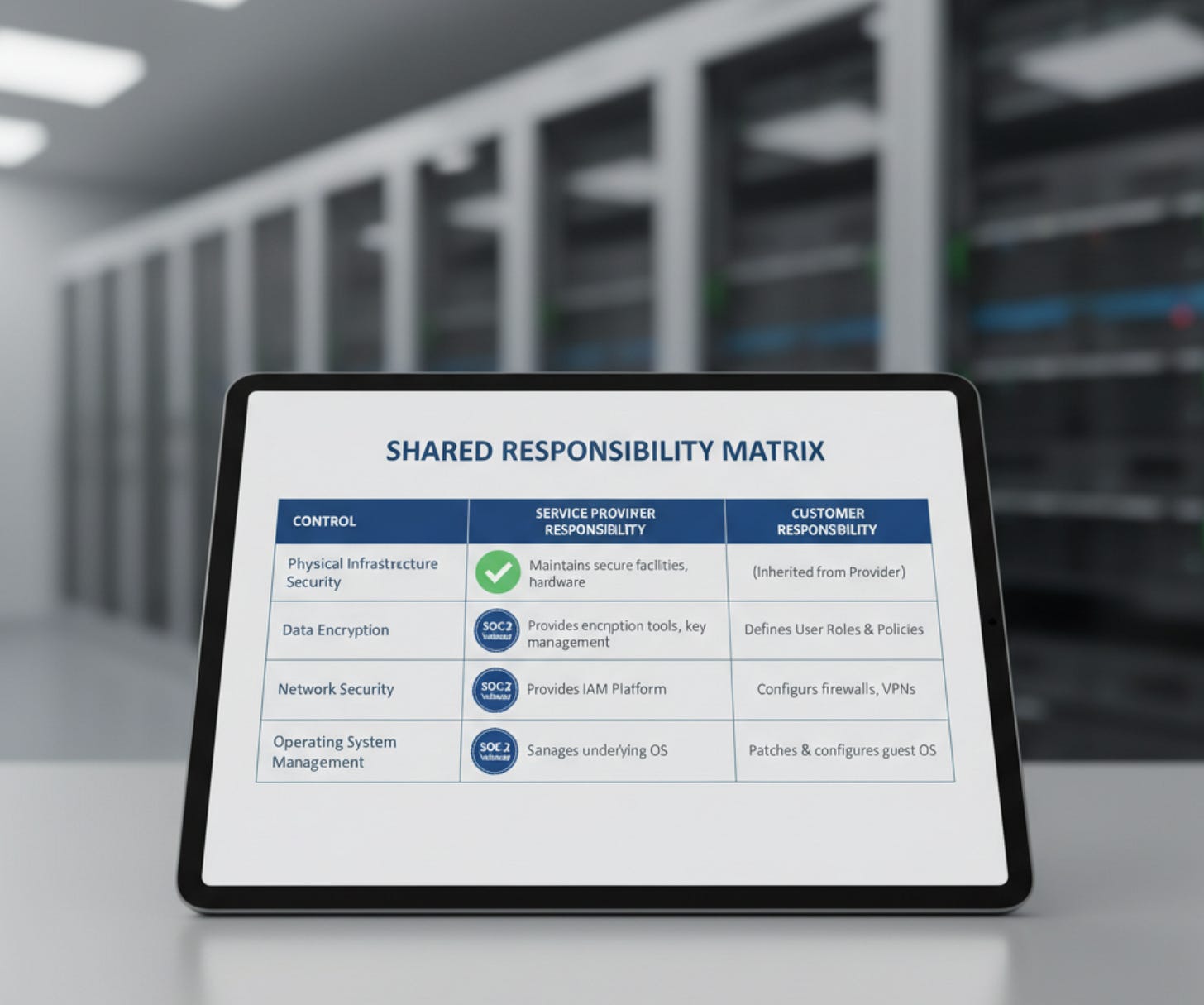Streamline Your Cloud Security: The Efficiency of SRMs and Validated Partners
A Template for Building a Collaborative and Actionable Responsibility Matrix
Shared Responsibility Matrix (SRM) Research and Development Blueprint
This template provides a structured approach for identifying your service providers, understanding the division of responsibilities, and documenting them in a formal Shared Responsibility Matrix (SRM). This process is critical for effective risk management, compliance, and audit readiness.




